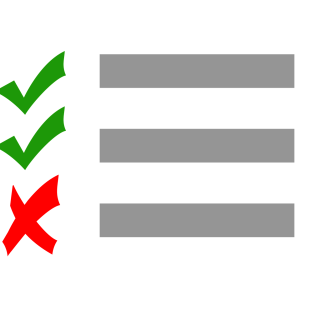Estonia: Electronic final exams are being tested

Estonia is considering a transition from paper-based exams to electronic exams for students graduating from basic school and upper secondary education. E-exams are considered as enabling more objective assessment, increased efficiency and security in administration. They aso allow for the use of learning analytics.
So far, all school leaving exams have been conducted on paper, and the electronic format has been used only with national low-stakes tests in different subjects and for different grades. With the implementation of e-exams, paper-based exams will be discontinued.
A survey is conducted to assess the technical and administrative readiness of schools, as well as to map the accommodations made for students with special educational needs so far. It is assumed that electronic exams can be more accessible to students with special needs, as they can be customised more easily than paper exams.
To assess and develop the readiness of stakeholders to organise and conduct e-exams, trial exams are conducted for students in grades 9 and 12 before the mandatory final exams this spring. The result of the trial exam does not affect the result of the actual exam. The pace of transition from paper-based exams to e-exams will depend on the feedback received. The trial exam enables to test not only the quality of the assessment tool but also the administration of electronic exams: registration to exams, notification of results, cross-use of facilities between schools within the local government, and the need for further development of the national examination information system.
For finishing basic school, students of grade 9 have to pass three final exams: in Estonian language, in mathematics, and in one more subject of the student’s choice. Upper secondary school state exams are held in the Estonian language, mathematics, and a foreign language (the latter can be replaced by an internationally recognised examination, such as CAE, DELF, or Goethe Zertifikat). Electronic exams for different subjects will be introduced in different school years.
Source: Eurydice Unit Estonia




